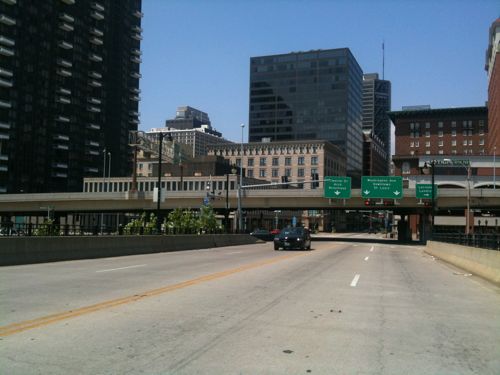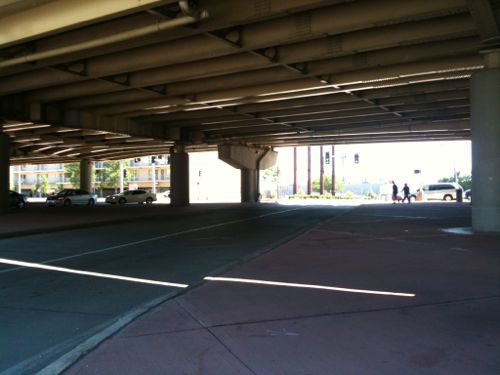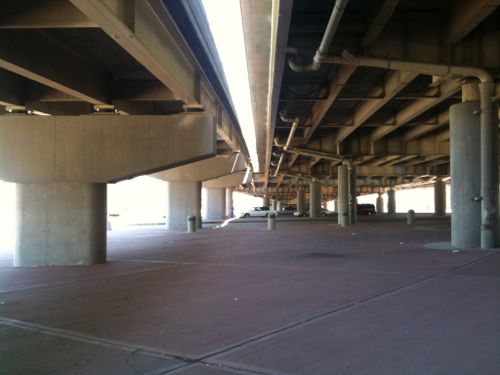 I have friends now dealing with elderly parents, including facing the difficult decision to take away their keys or at least convince them to not drive at night. My brothers and I were getting close to this dilemma after our our father had a few minor accidents, and one that totaled his car. He bought a replacement car but shortly thereafter he became ill and passed away at age 78, saving us from what would have been a very difficult discussion. My father had expressed to me his fear of not being able to drive.
I have friends now dealing with elderly parents, including facing the difficult decision to take away their keys or at least convince them to not drive at night. My brothers and I were getting close to this dilemma after our our father had a few minor accidents, and one that totaled his car. He bought a replacement car but shortly thereafter he became ill and passed away at age 78, saving us from what would have been a very difficult discussion. My father had expressed to me his fear of not being able to drive.
I also have close relatives & friends at or quickly approaching 65 years of age. With people living longer and Baby Boomers now turning 65 this become an increasing issue. Neither of my grandmothers drove — ever — but they were born in 1902 & 1905. Today’s seniors likely have been driving since they were teens.
Letters like the following letter to the editor in a Pennsylvania paper will be increasingly common:
Editor, the Record:
In regard to the article stating that older drivers are more to blame for auto acidents, it doesn’t sit too well with me and other senior citizens in the area.
First of all, we’re not in any hurry to get anywhere, so we don’t speed. We don’t gander, looking out the window while driving — we’ve already seen it all. Very few us us drive at night. So I don’t think the privilege of driving a car should be denied us. We don’t all have family members at our disposal to take us to the doctor, grocery shopping, etc.
And I’m sure you won’t find any bags of heroin or other illegal articles in our trunks.
I drive back and forth the the Loder Senior Center five days a week to have lunch and visit with other folks my age. Without my car, this wouldn’t be possible.
LAURA (mcwilliams) kappes
East Stroudsburg
But senior drivers are a cause for concern:
While traffic fatalities are down across the country, older drivers still account for a “disproportionately high share” of the casualties.
[snip]
Consider this: One in every five drivers will be 65 or older by the year 2025, the report found. (STLtoday.com)
The report mentioned above was released this month from the American Association of State Highway and Transportation Officials:
With the first wave of the Baby Boom Generation turning 65 in 2011, the number of older Americans and their share of the population will begin to grow significantly in the coming years. And as this generation continues to age and grow, it will demand a level of mobility and an active lifestyle that far outpaces any of America’s previous generations. This aging population will both create and face significant transportation challenges, including a transportation system that lacks many features that would accommodate the level of mobility and safety older Americans desire and expect. Transportation innovations to accommodate the Baby Boom Generation’s need for improved safety and mobility will benefit users of all ages. (Full report: Keeping Baby Boomers Mobile: Preserving Mobility and Safety for Older Americans)
Regular readers know I advocate making our regions more pedestrian & transit friendly, partly to help out our aging population. Regardless of that, many seniors will want to keep driving so the issue of testing comes up:
There was strong support for testing senior drivers, with 76% favoring drivers over the age of 75 to take a driving test every two years. A majority of American drivers also indicated they would support requiring expanded road testing of already licensed drivers. Nationwide, 56% said drivers should be required to take a road test every 10 years, and 76% said those who have their license suspended or revoked as the result of a moving violation should have to take a driving test to get it reinstated. (Source)
The poll this week asks your thoughts on retesting drivers. The poll is in the right sidebar — mobile users need to switch to the desktop layout to vote in the poll.
– Steve Patterson
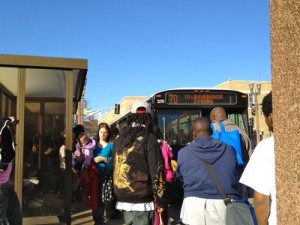
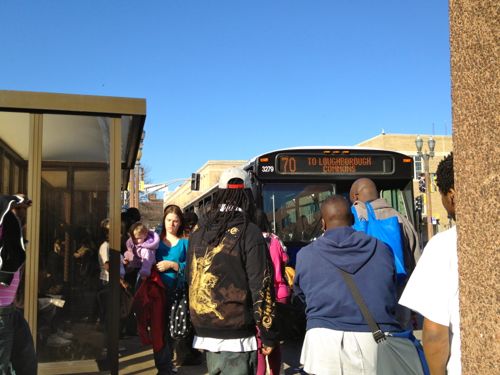
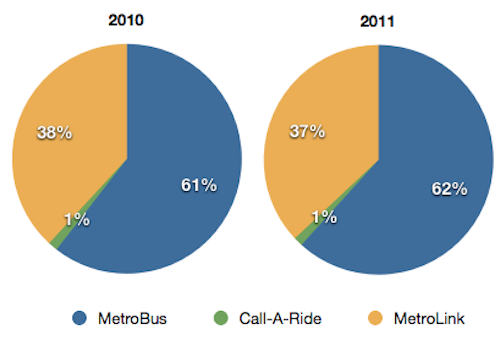

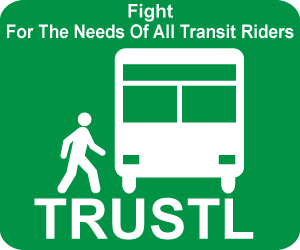 Over the next two weeks The Transit Riders Union of St. Louis is hosting three “transit talks” to discuss with actual riders what we’d like to see done to improve local public transit. I’m on the steering committee. Here was our post:
Over the next two weeks The Transit Riders Union of St. Louis is hosting three “transit talks” to discuss with actual riders what we’d like to see done to improve local public transit. I’m on the steering committee. Here was our post: